Perennials are wonderful plants. They can be propagated in a few different ways, including by division, from cuttings, and from root cuttings.
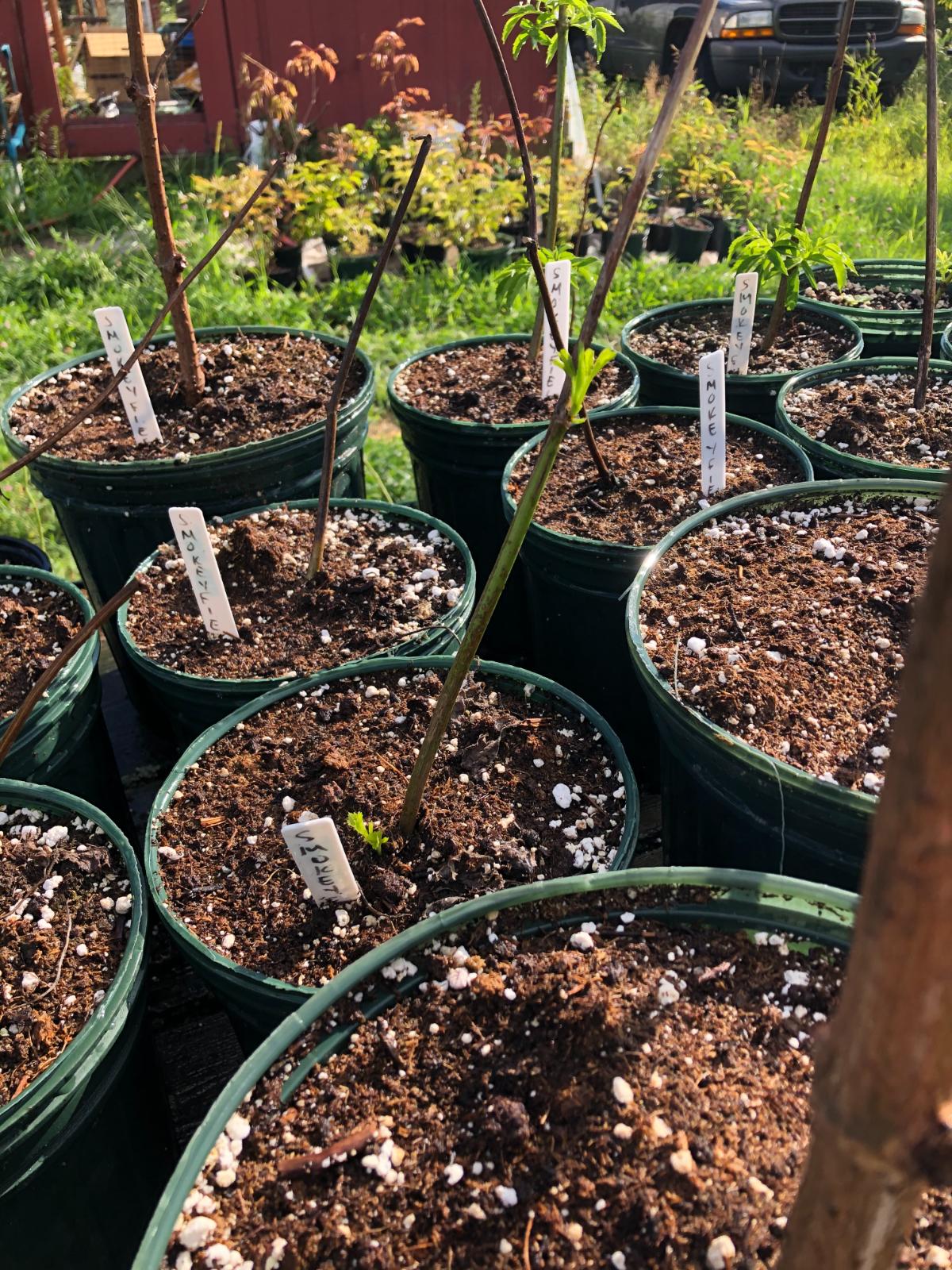
Perennials can also be started from seed, at least in the case of some perennial plants. But truth be told, you may not want to start your perennials from seed. There are some solid reasons to go a different route.
Here are seven reasons why you might choose not to start your perennials from seed.
Jump to:
- 1. Long time growing to transplant (Need a really early start!)
- 2. Tricky germination requirements
- 3. Long, slow germination time
- 4. Scattered germination
- 5. Lower germination rates
- 6. They’re not always true to type or form
- 7. Cuttings or root propagation are faster and easier
- Is It Really So Bad to Start Perennials From Seed?
1. Long time growing to transplant (Need a really early start!)
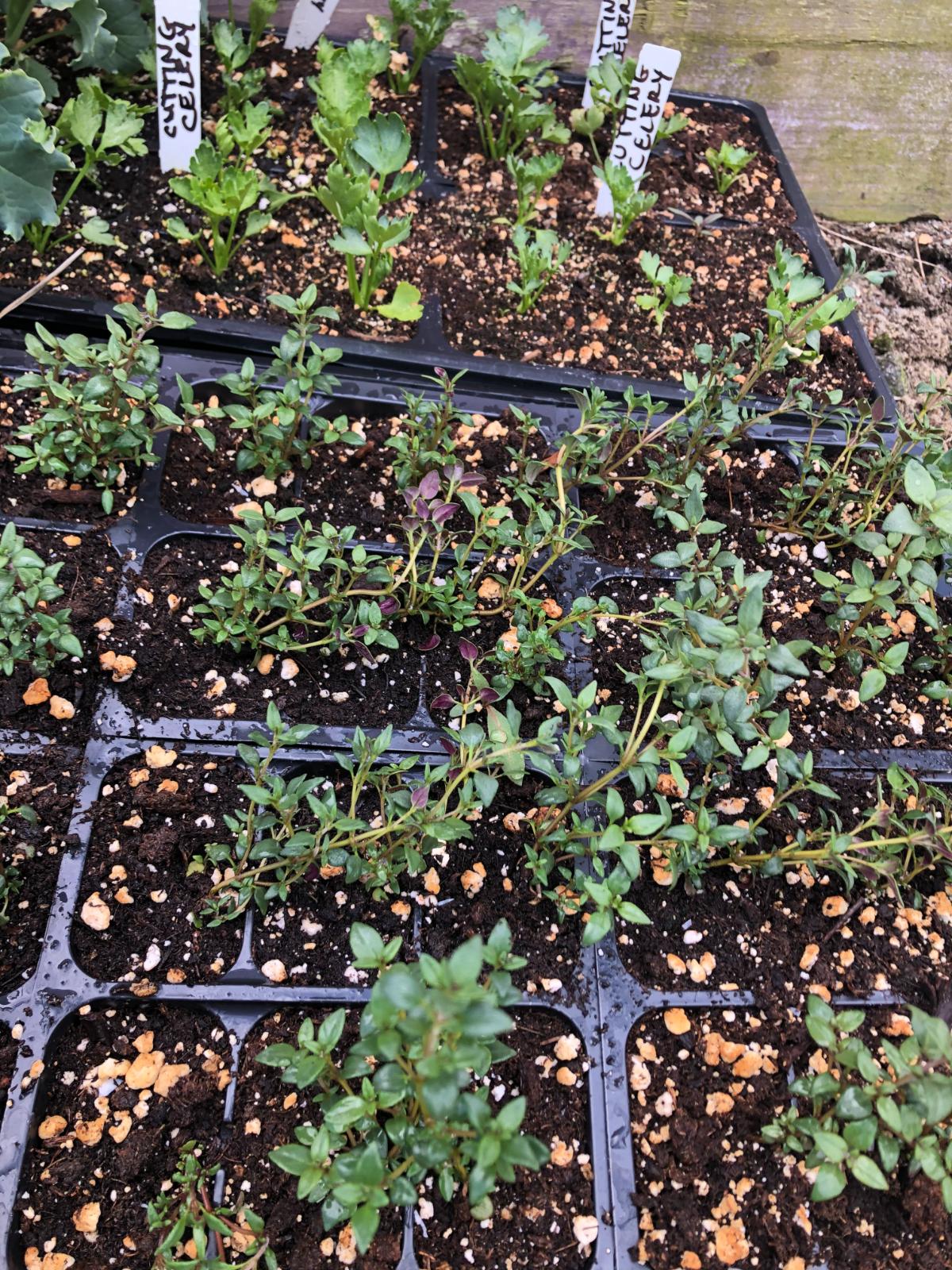
From start to finish, from seed to transplant size (at least 4 to 6 inches, often larger), perennials can take a long time.
Perennials are the first type of seed you should start if you are starting seeds indoors. And you should start them long before you are thinking about starting most annual seeds as in months ahead of time.
For best success, seed starting for perennials should start in January or February, often 12 to 16 months before your last frost date. It can be easy to miss that mark if you aren’t aware of the time needed.
If you did miss the mark, unless you want to keep the seeds in pots for a long time and you’re willing to deal with them as potted plants, you’re better off looking for an alternative solution.
2. Tricky germination requirements
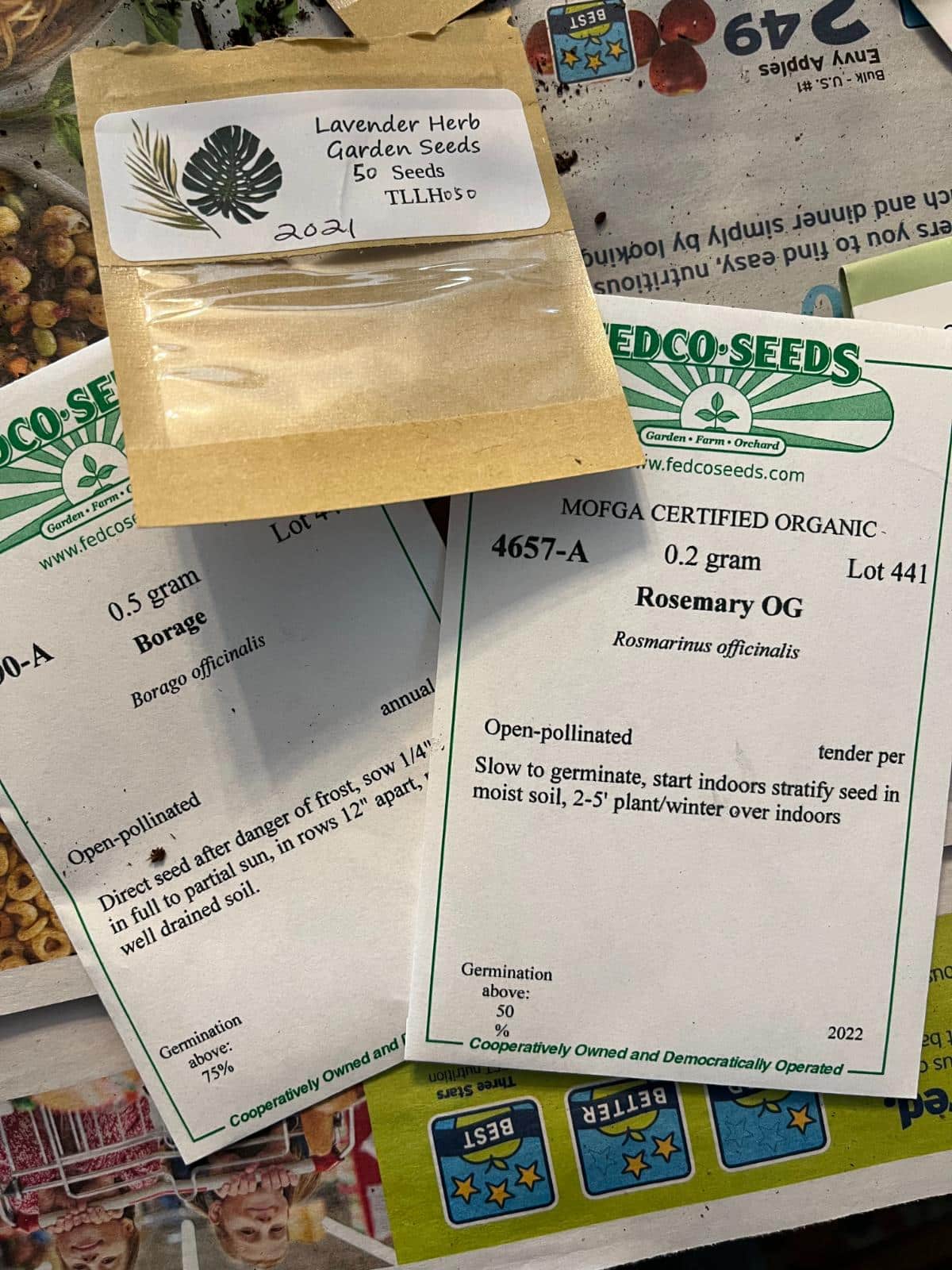
Perennials are famous for having tricky germination requirements. It’s their way of getting the timing right in the natural world and propagating their own species.
Some perennial seeds like to be completely covered and covered with a light-blocking top for total darkness. Some only want to lay gently on the top of the soil, lightly pressed in for seed-to-soil contact. Some require light to germinate.
Others need to experience a period of cold that may be anywhere from a month to four months.
Some need to be soaked or cut into to sprout and grow.
For things like cold stratification (that long period of cold exposure), you need to know this well ahead of time, and you need to treat that seed before you can start it. When you add that time to the long time needed for growing perennial transplants, you might just find yourself out of time.
This isn't true of all perennials, of course, but it is true of many, and it’s important to know.
3. Long, slow germination time
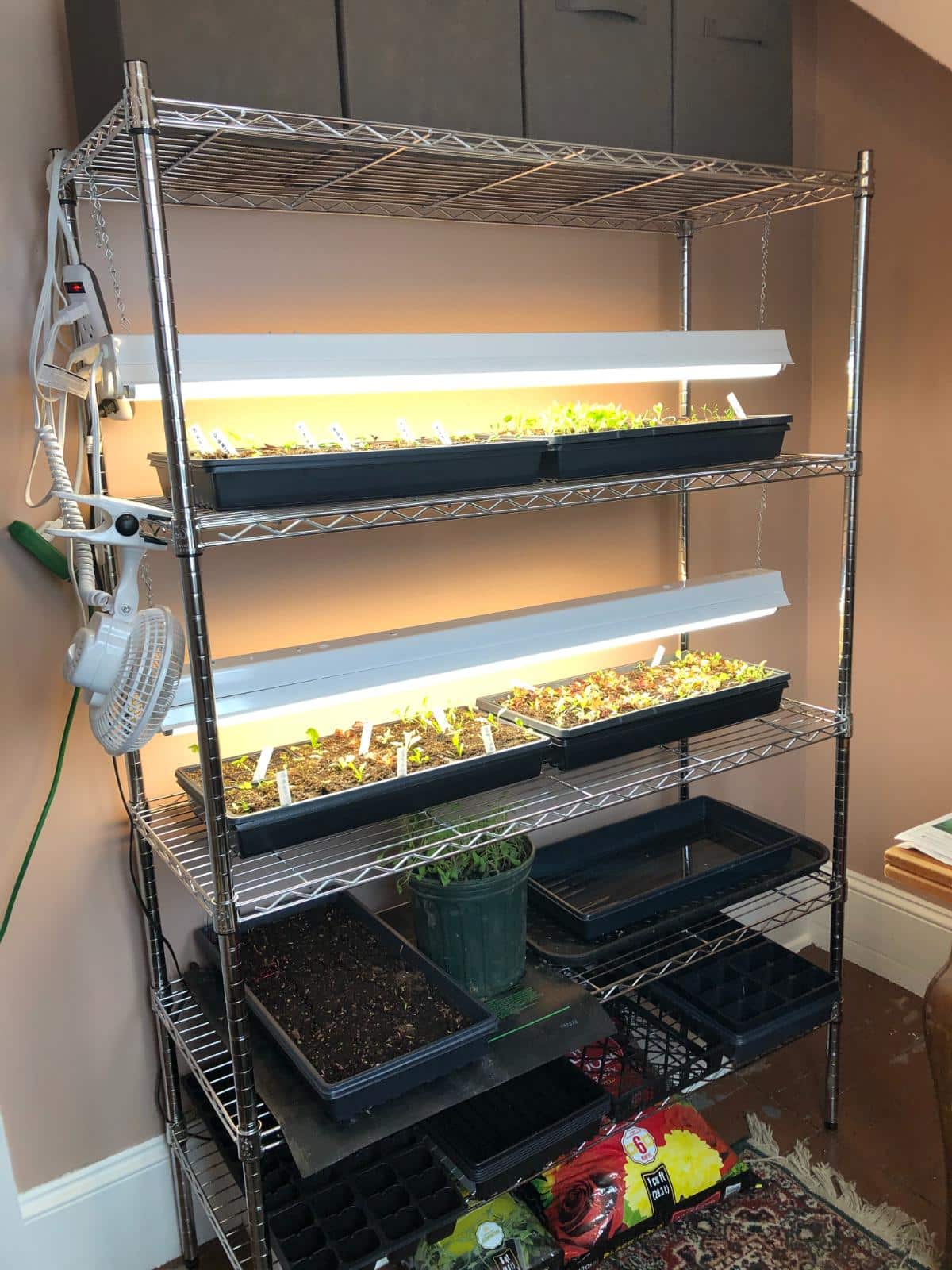
Some of those seeds, along with their finicky conditions for germinating, may take a long time to do it.
Burpee Seed Company says starting perennials from seed can be a “test of your patience” that can take anywhere from three to five weeks. Just for the seeds to sprout! And then, there can be still more germination-related reasons not to start perennials from seed.
Are you starting to see why growing perennials from seed can take such a long time?
4. Scattered germination
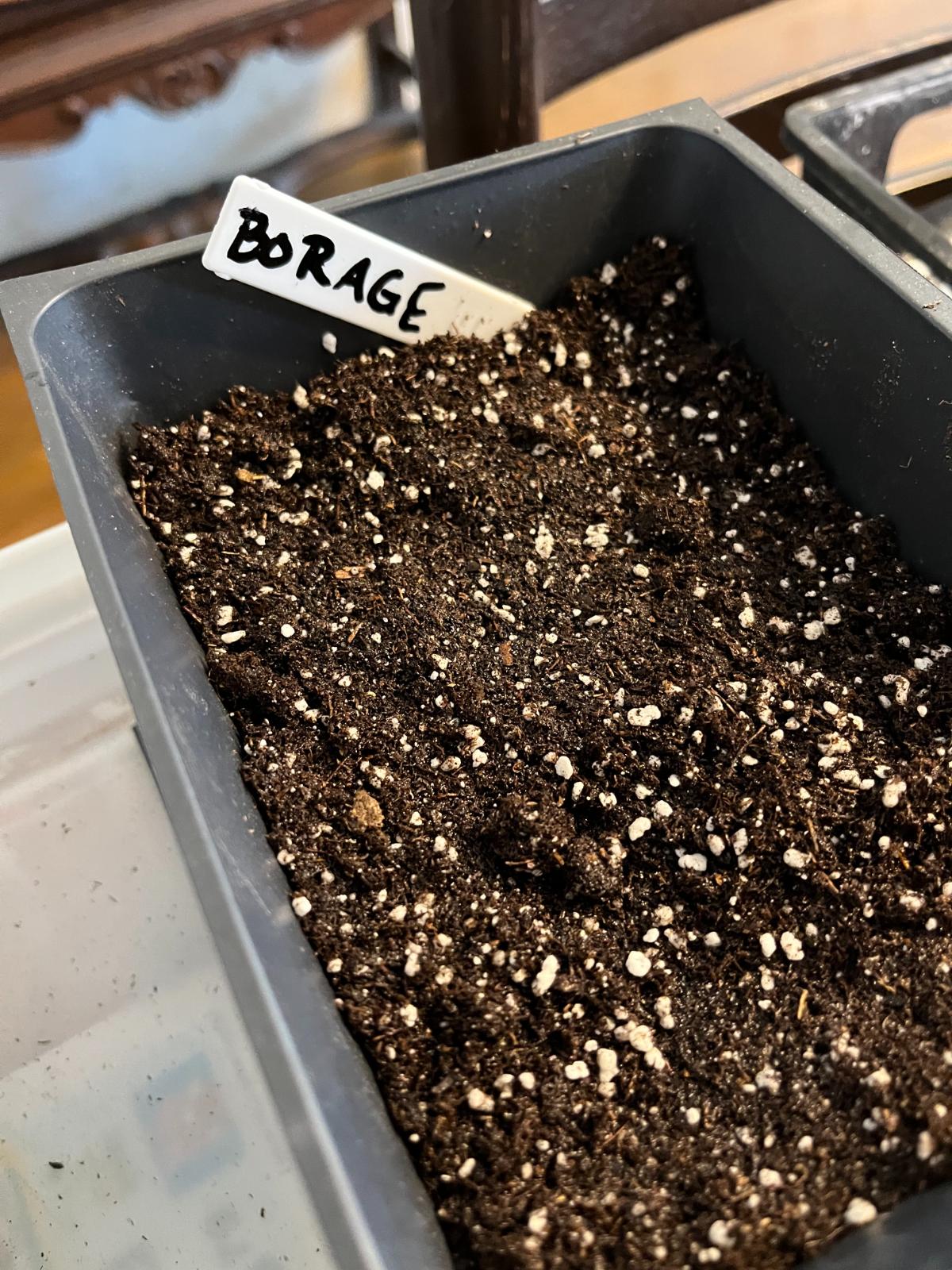
When those seeds do germinate, the sprouting can be spotty and scattered. Most annuals will germinate in a relatively short window of time, and mostly come up all at once within a day or two or three. Perennials, though, may linger and may take a couple of weeks.
With long, scattered, slow germination periods, it can be easy to think you’ve failed and give up on your crop. (Which is mostly to say, if you do decide to start some perennials from seed, don’t trash your seeds until you are really sure there’s no hope left of them germinating!)
5. Lower germination rates
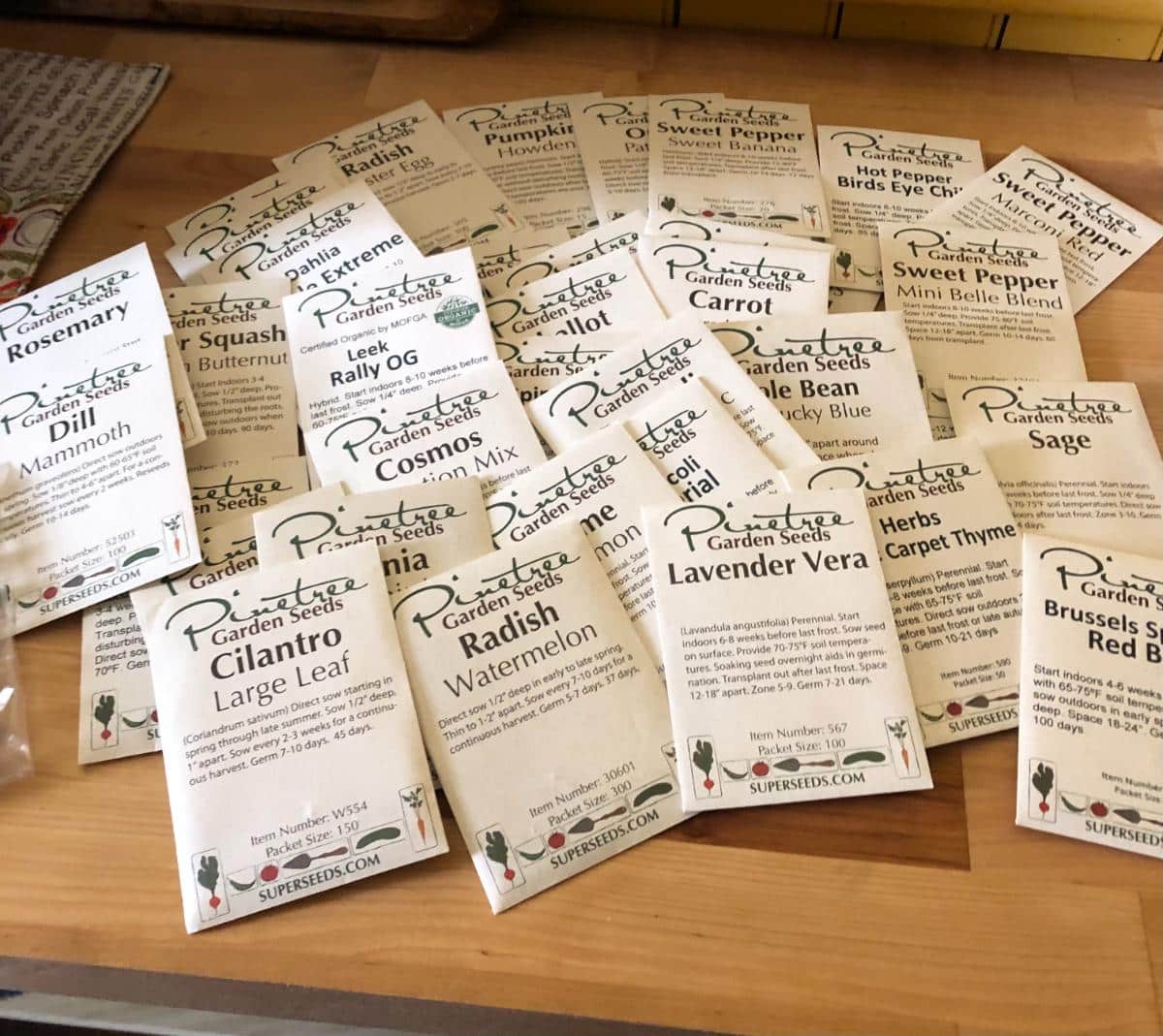
Perennials also tend to have lower rates of germination than annual seeds do. It’s just a thing with perennials. So, you may not get all the plants you want from the seeds you sow.
In fact, it might be wise to consider over-planting so you make sure you hit your target plant count in the end.
Good quality seeds should germinate most of the seeds you plant if the conditions are right. (But “most” can be defined as better than 50% and can still be a far cry from upwards of 90% like most annuals will give!)
6. They’re not always true to type or form
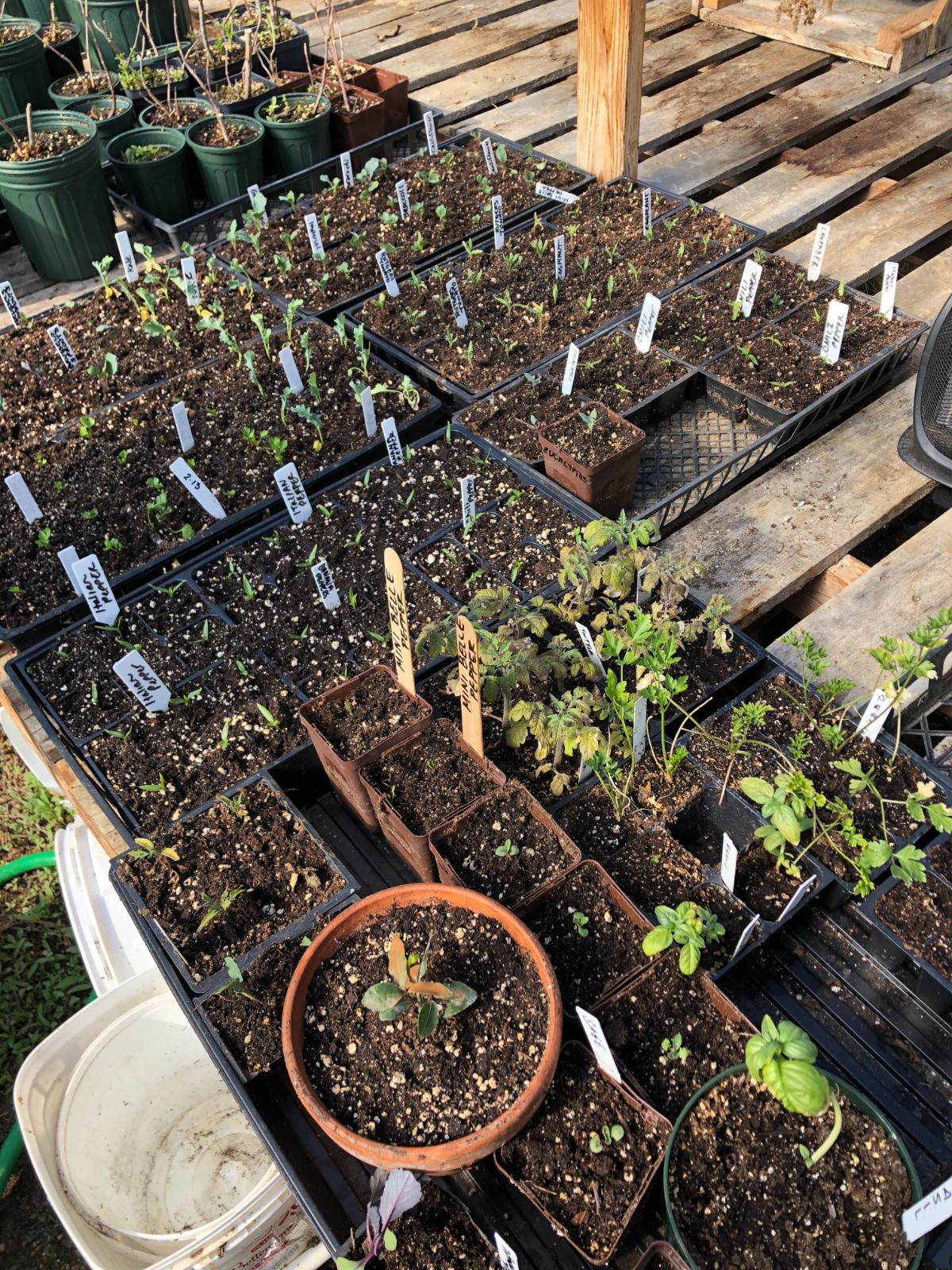
If you are starting seed from a perennial because you loved it and you want more of it, seed may not be the best route.
This is because perennial seeds that we collect from an existing plant could have been pollinated by any number of plants of its species. There’s no way to know, except for as an experiment in seed starting.
You also need to consider that the plant you have may be a hybrid and in that case, the seed will not have the same genetic material. It will not be the same as the parent you collected it from. Hybrids can also revert to many things in their genetic lineage. Other propagation methods will produce exact clones. So, if you're aiming for specific results, other propagation techniques are a much better choice.
Starting seeds that you collected from a favorite plant can be worth a shot, especially if you are willing to accept unexpected results. But if you’re counting on that plant to replicate the plant you currently have, there’s usually a better way.
7. Cuttings or root propagation are faster and easier
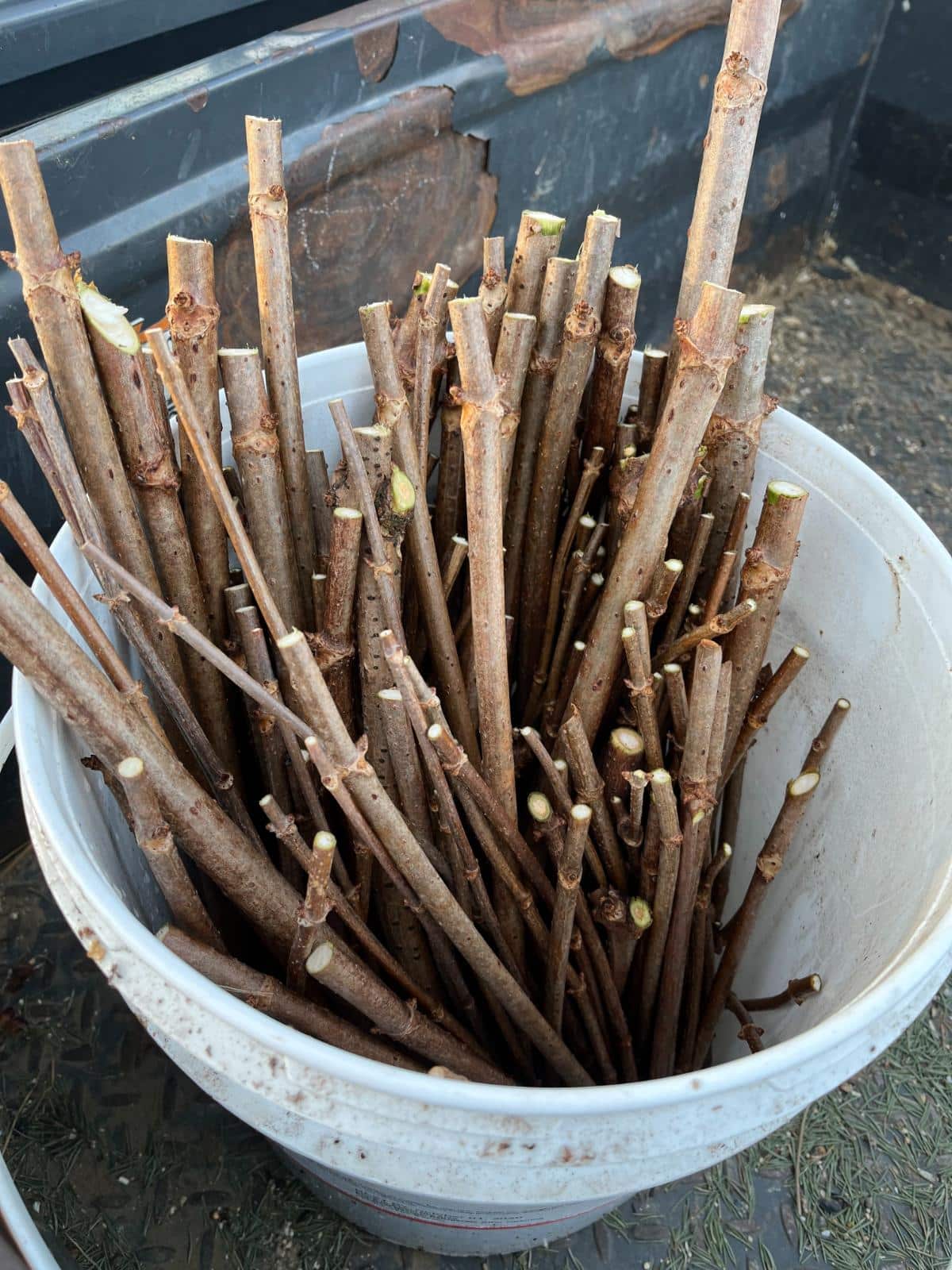
For perennials, taking and rooting cuttings or dividing plants or roots and growing new plants from them are preferable ways to propagate the plants. They’re considered better and more reliable than starting seeds.
For one thing, these techniques are faster. They overcome many of the issues mentioned earlier, like long, low, slow germination and slow plant growth from seed to stalk.
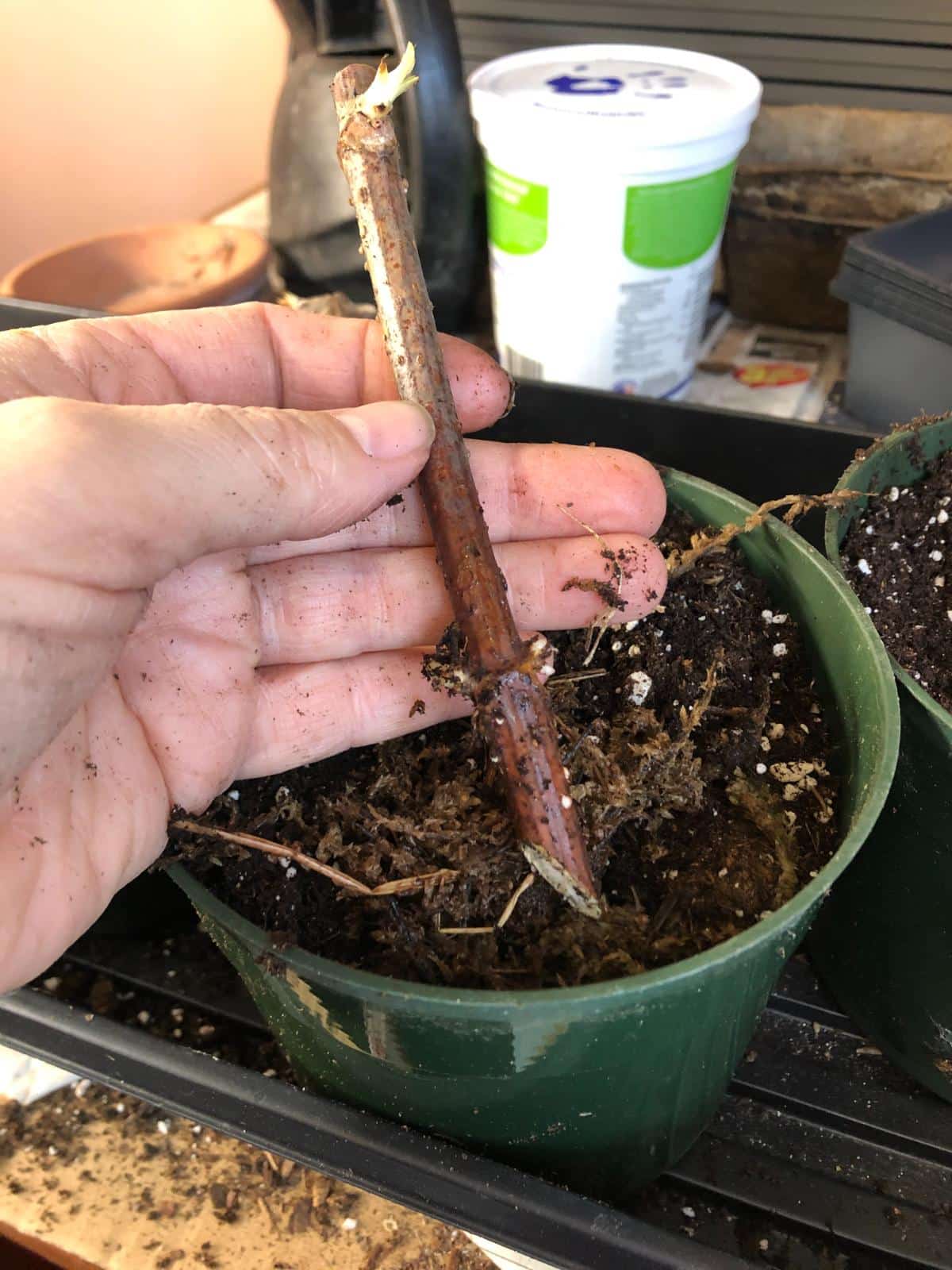
Cuttings and divisions also hold the same exact genetic makeup as the parent plants they came from. So, when you have plants grown from successful cuttings or divisions, you know exactly what the resulting plant will be.
Is It Really So Bad to Start Perennials From Seed?
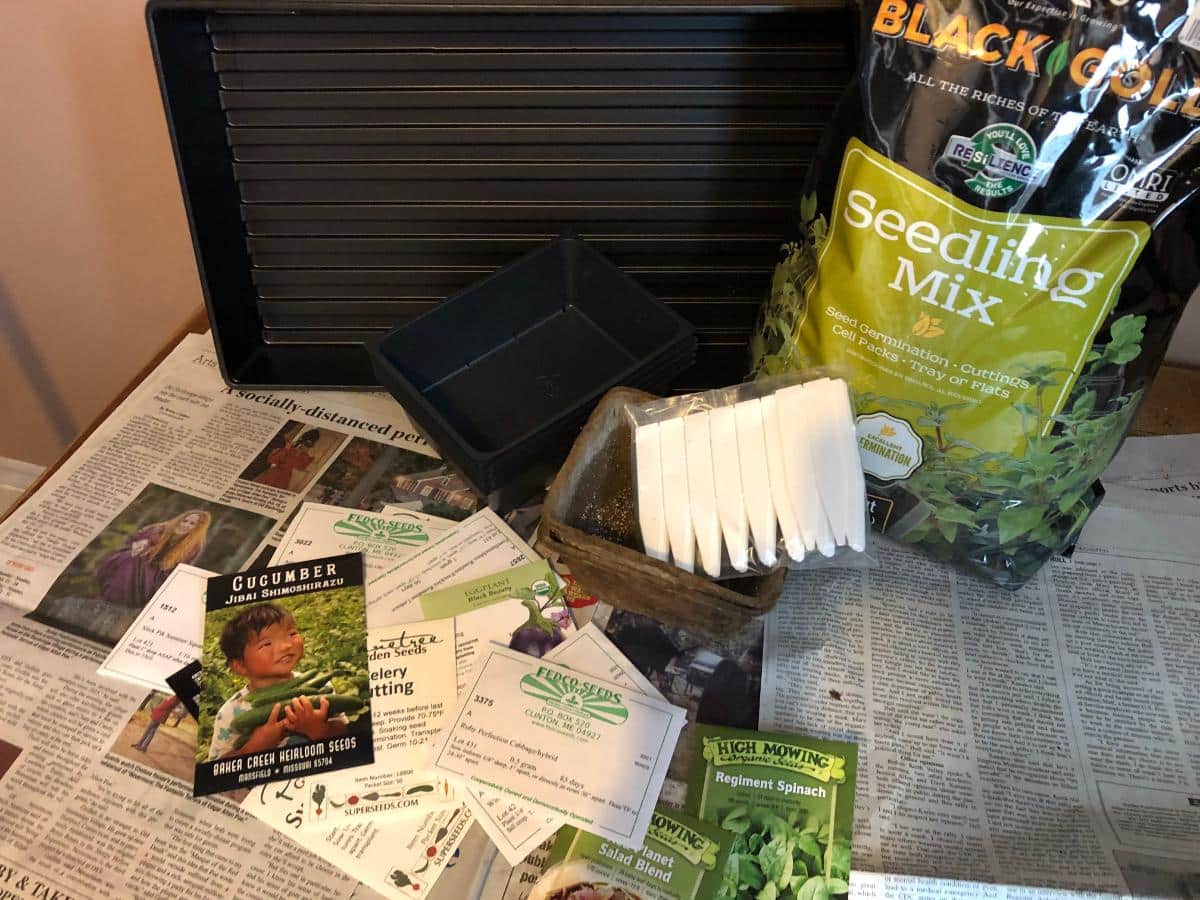
No, it is not “bad” or “ wrong” to start perennials from seed. For some perennials, it’s a good option. But for many others, the ideal way to propagate and grow them would be from an alternative option -- like rooting cuttings or dividing established plants.
The bottom line is, before you decide to grow a perennial from seed, do some reading about that plant and the best way to propagate it. It may be that for that plant, seed starting works well. Along with that, though, consider your timing and make sure you have the time to grow your perennial from seed. If time is already short, you may think about using a different propagation technique if you have plants available to you. Or, consider buying one or two plants for a start (and when they are older, you can use them to propagate cuttings or divisions!).
We have many guides for specific types of perennial plants on this site, including several propagation guides. There is information there regarding the best propagation methods for specific types of plants. That’s a great place to start!
Here are a few favorite examples, but if you search “propagate”, “propagation”, or “perennials” in the search bar above, you will find many, many more!

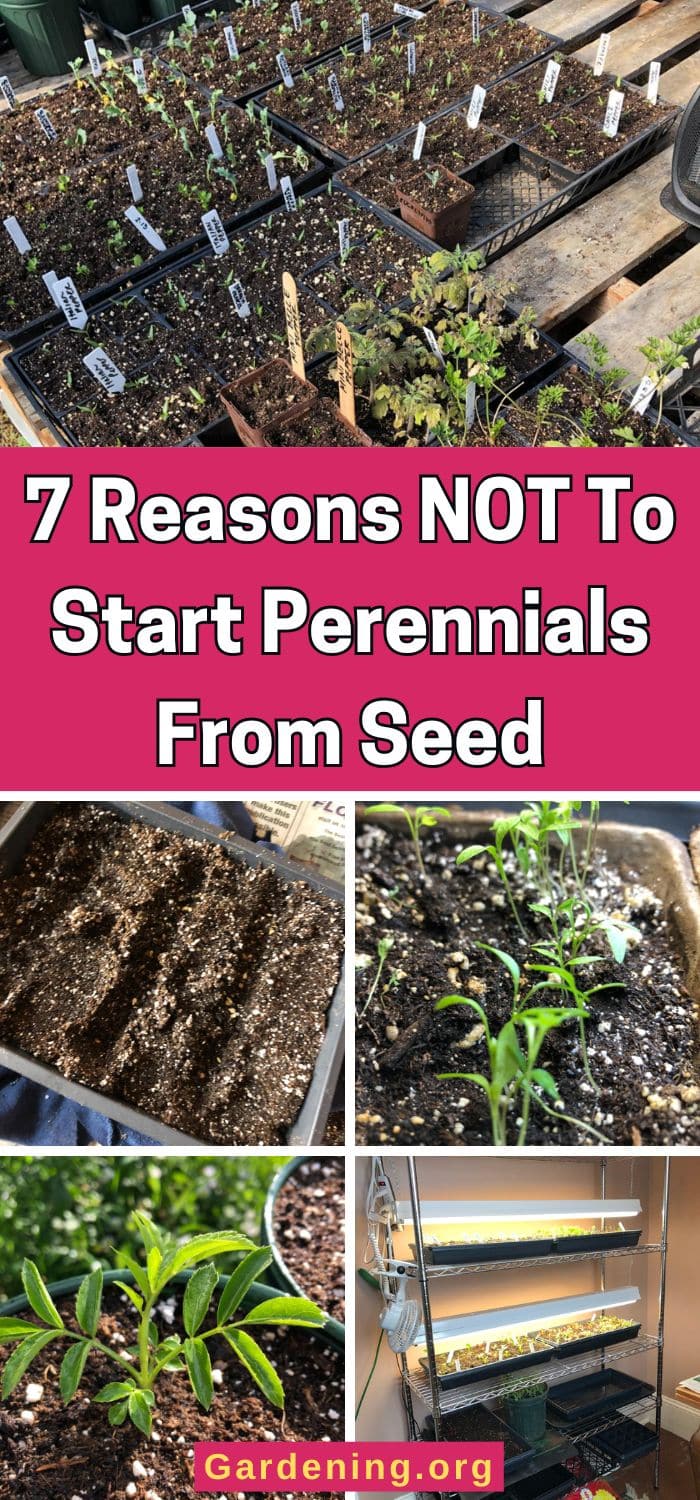
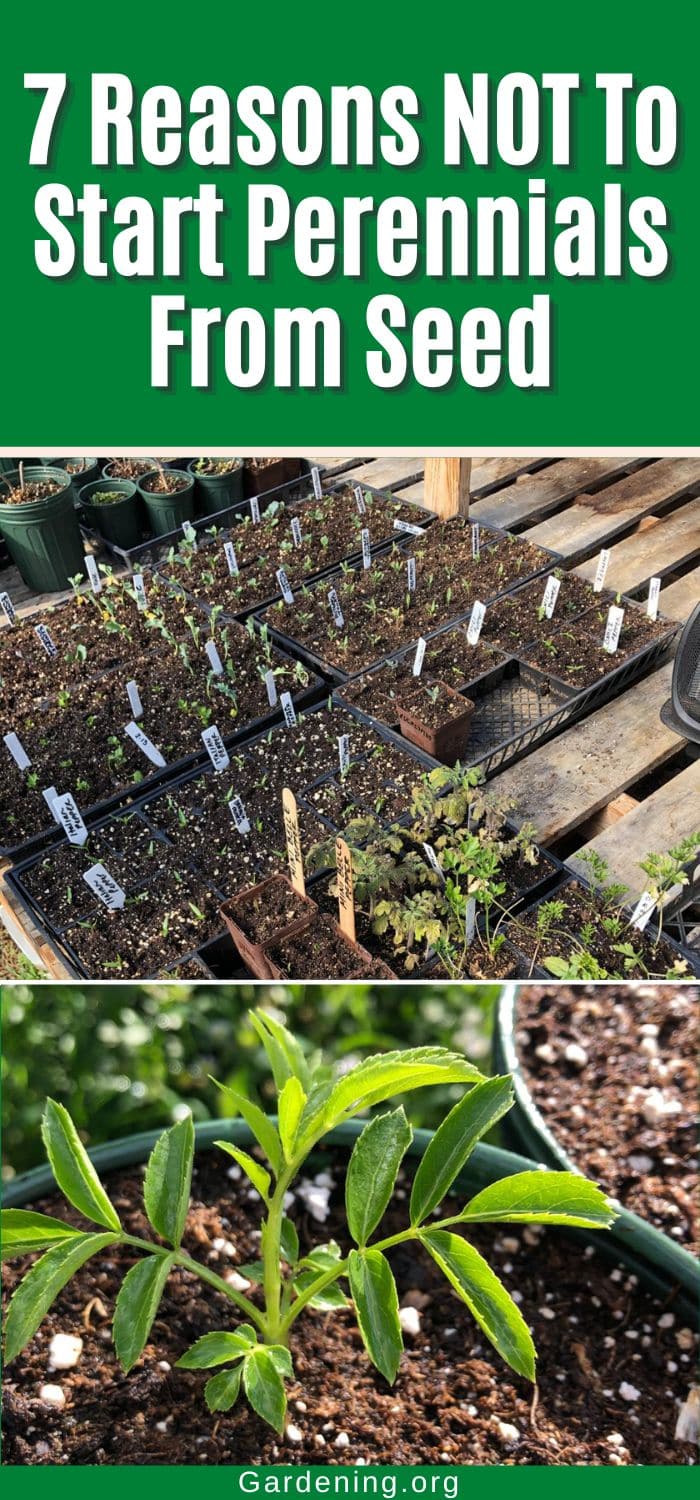
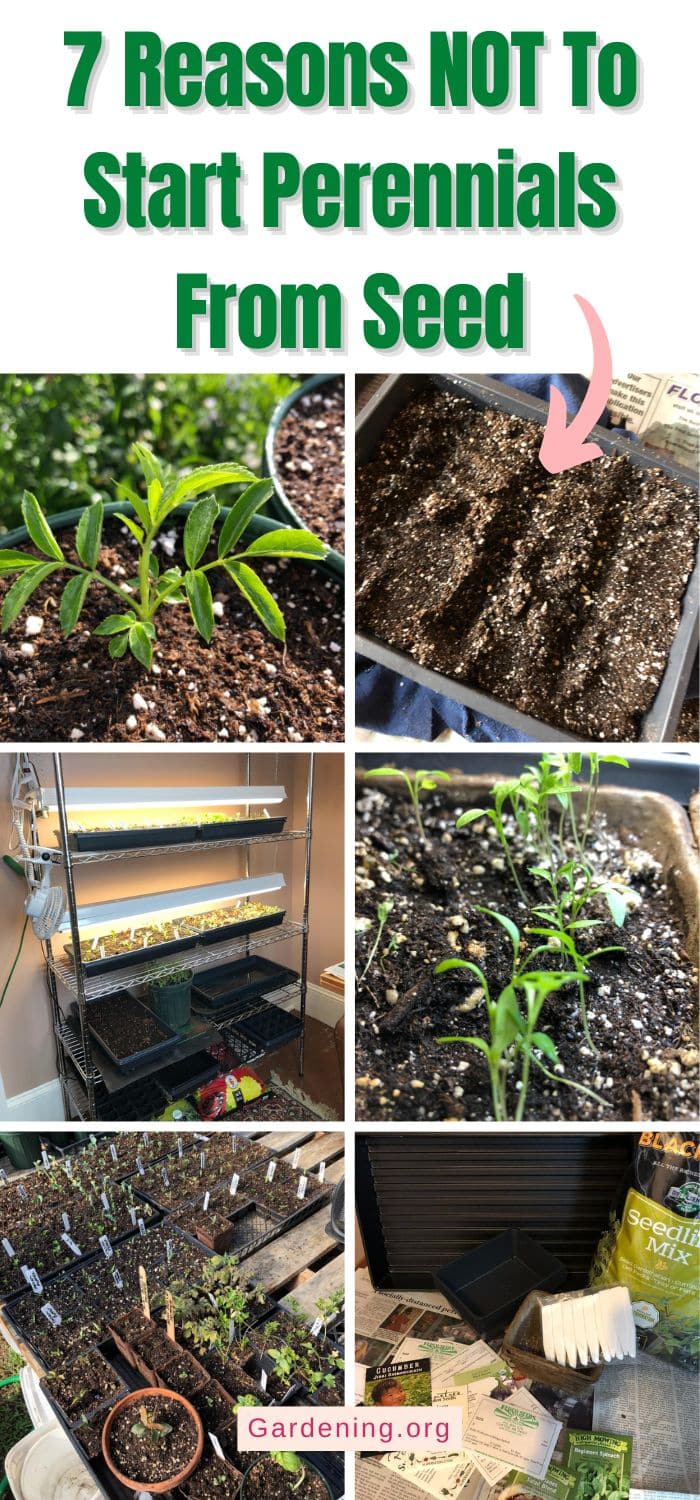
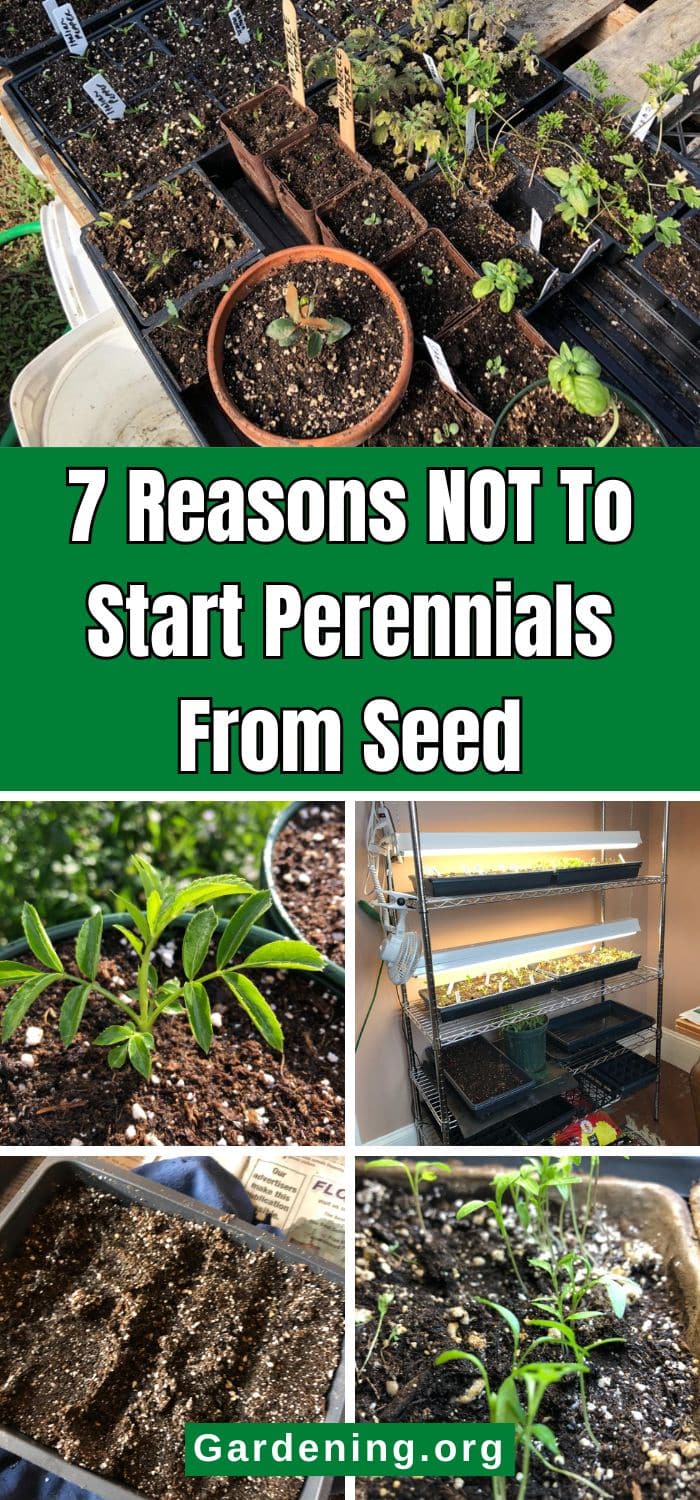
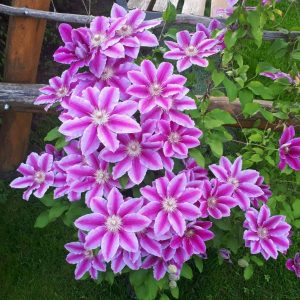
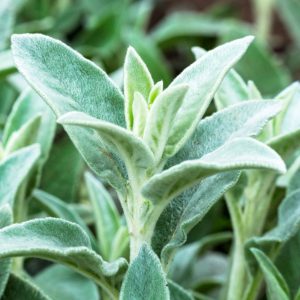

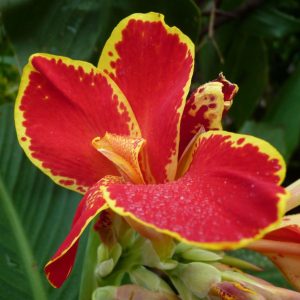
Leave a Reply